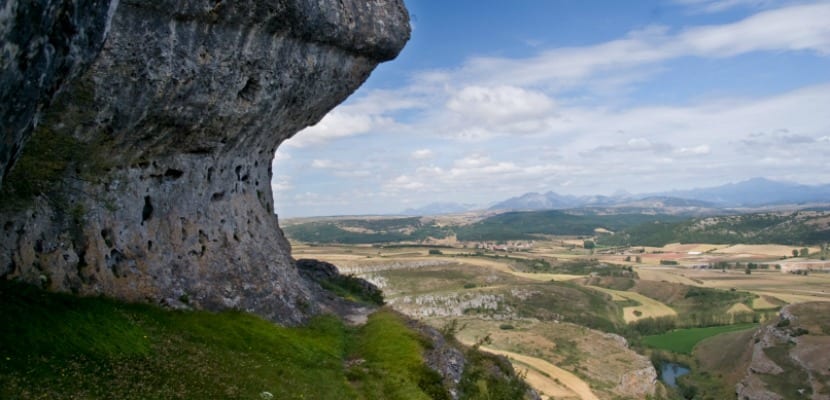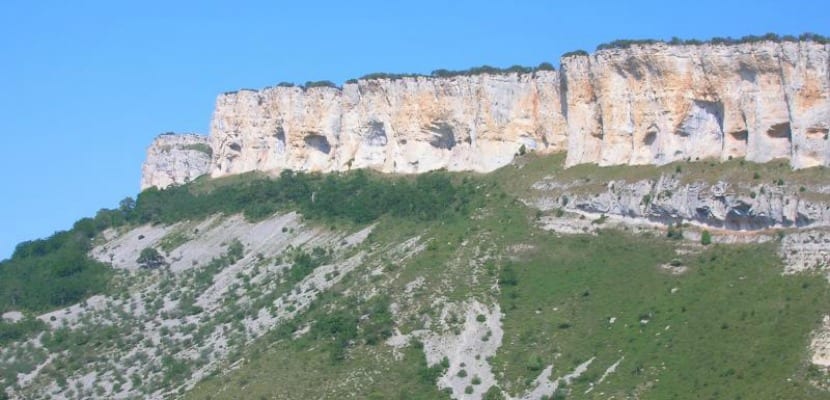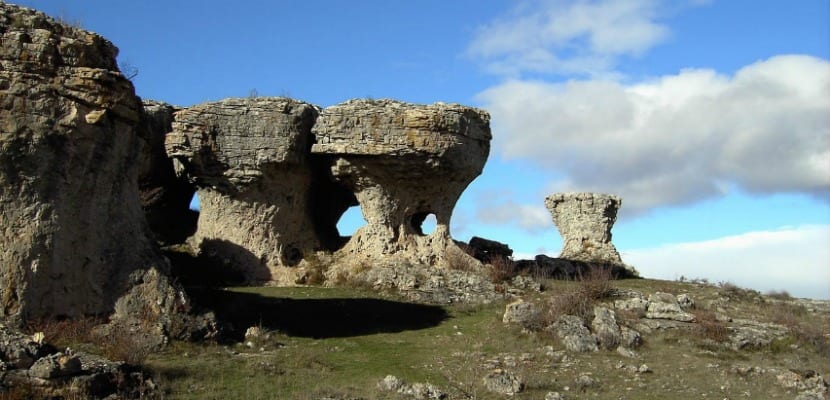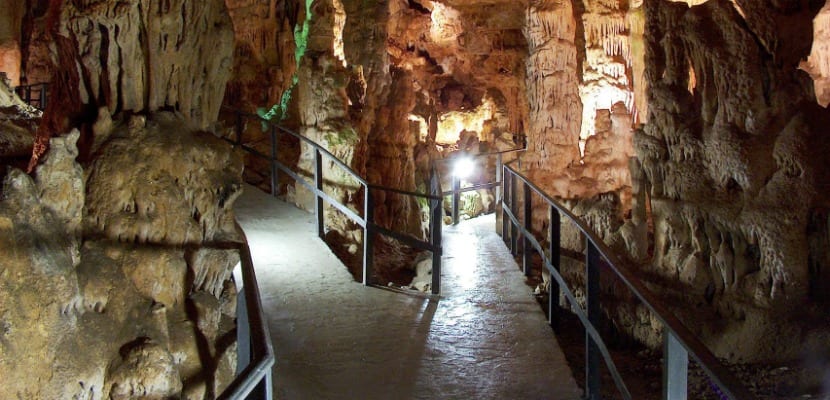
The Castilian province of Palencia can boast of having one of the most special and important geological landscapes in Spain: Las Loras. A natural heritage halfway between Burgos and Palencia that seeks to become a Unesco Global Geopark. This program seeks to increase awareness of geodiversity and promote best practices in protection, education and tourism.
In the week from June 30 to July 5, a committee of experts from the Unesco Global Geoparks Network will decide whether Las Loras is included in it.. The verdict will not be known until the spring of 2017, but if it is achieved, Las Loras will join the XNUMX geoparks in more than XNUMX countries and would become the first global geopark in Castilla y León.
What are the Unesco World Geoparks?
UNESCO's Global Geoparks tell the Earth's 4.600 billion year history and the geological events that shaped it, as well as the evolution of humanity itself. Not only do they show evidence of climate change in the past, but they also inform local communities of the challenges they may face in the future to help prepare against hazards such as earthquakes, tidal waves or volcanic eruptions.
The news has been received with great satisfaction by all the administrations and entities involved in the proposal, who are already working on the organization of this visit.
Origin of Las Loras

During the Lower Jurassic, two hundred million years ago, Las Loras were part of the seabed as shown by the various fossils found in this territory belonging to that time. Later, during the Upper Jurassic and one hundred and sixty-five million years ago, the collision of Iberia and the European plate caused the mountain ranges of the Pyrenees and the easternmost part of the Cantabrian Mountains to emerge from the ocean, where they meet. The Loras.
From that moment on, the current aspect of this spectacular landscape began to form. Caves, blind valleys, ruiniform landscapes such as Las Tuerces or deep canyons such as Rudrón, Ebro and La Horada, make up this territory. Likewise, from that moment on, rivers began to circulate that left a multitude of sandy sediments, such as the sandstones of the rock church of Olleros (Palencia).
How to get to know Las Loras?

Three perfectly marked routes currently run through this geopark, two of them in the Palencia part (Las Tuerces and Revilla-Pomar) and a third in the Burgos area (Rebolledo de la Torre) But work is already underway to create three more routes (Olleros de Pisuerga and Monte Bernonio in Palencia and Basconcillos del Pozo in Burgos).
There are numerous geological points of interest in this geopark such as the Cueva de Los Franceses, the karst of the parrot of Valdivia, the parrot of Pata del Cid or the Tuerces, the Rudrón and Alto Ebro canyons, the limestone formations of Aguilar de Campoo or the faults of Ubierna and Humada. But you can also hire guided tours.
Likewise, the visitor can enjoy the natural, archaeological and heritage wealth that abounds in this area. In the Palencia area you can find the monumental complex of Aguilar, the prehistoric rock art of Mave, the rock church and the archaeological site of Olleros, the Romanesque temple of Vallespinoso, the cave paintings of Berzosilla, the Celtiberian fortress of Pomar, the burial megalithic of Revilla de Pomar or the section of the Roman road from Herrera to Retortillo.
In the Burgos area, the Humada, Huérmeces, Villanueva de Puerta, Fuente Úrbel and Amaya sites, the rock art of Orbaneja, the Romanesque church and the megalithic tomb of Moradillo, the trenches of the Spanish Civil War of Lorilla, or the Rebolledo medieval castle.
The Cave of the French

One of the most special places within Las Loras is the Cueva de los Franceses, located in the Palencia town of Revilla de Pomar. It receives its name for being the resting place of the remains of those who fought Napoleon's army during the War of Independence at the beginning of the XNUMXth century.
The visit is, therefore, a different way of getting into history and nature since tourists can reach a depth of up to 21 meters during a tour full of surprises and stalactites and stalagmites. The route has about a kilometer of galleries, although it can only be accessed about 500 meters.
Those who plan to visit the Cueva de los Franceses this summer will be able to do so every Sunday in June with extended guided tours, with which they will also be able to visit the páramo de la Lora, the De Valcabado viewpoint or the Valderredible Valley.